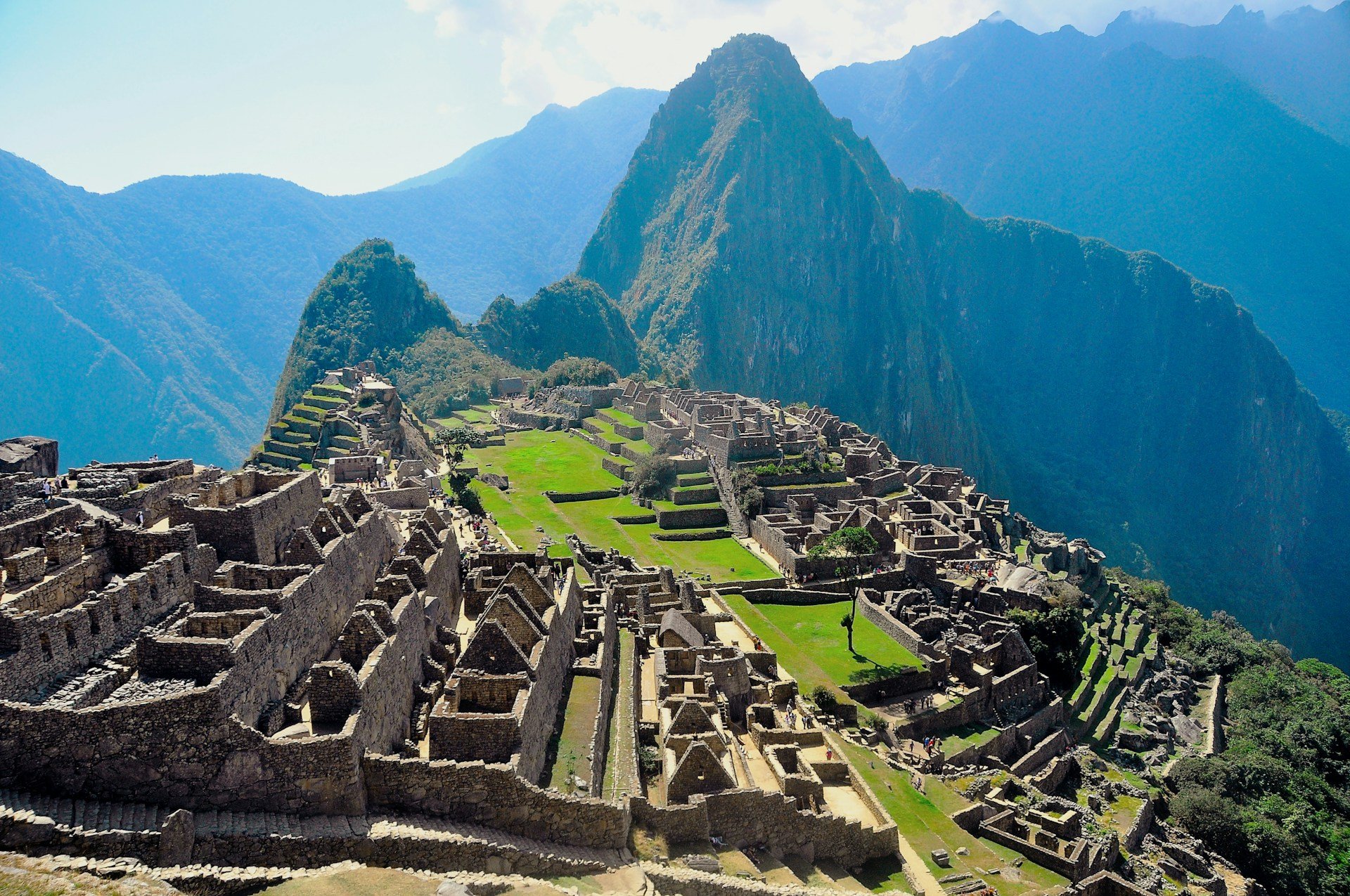Discovering Mediterranean Grottos
Grottos are caves and they come in many shapes, colours and forms: Grotta Verde, or else ‘Green cave’, Blue caves, terrestrial or marine, are all natural formations that will leave the visitor in utter awe of nature’s marvel. Very prominent around the Mediterranean, these grottos are part of nature’s sauciness as they enhance the lacy, tantalising coastal line of the entire region, making the Mediterranean simply irresistible.
Regardless of their location and morphology, the Mediterranean grottos are waiting patiently, for enthusiastic visitors to stir their waters and disturb their slumber. By discovering some distinctly different types of grottos within the Mediterranean, we see how they share the same sense of euphoria for visitors, but not much else - and that’s the real beauty in nature’s diversity.
Cueva de los Verdes - Lanzarote
Technically in the Atlantic, but an essential part of Spain, a visit to our first Green Cave, is equivalent to a journey into the bowels of Earth. The entrance is found on the Canary Islands and amidst the volcanic landscape of Monumento Natural del Malplais de la Corona. The Cueva (Spanish for ‘Grotto’) is a cavernous volcanic lava tunnel of over 6 km that stretches down into the sea and is the striking result of volcanic activity that stirred the Earth over 4000 years ago. This subterranean world is full of arid naked rocks that funnel into a tubular rugged cavern and even features a natural concert hall with phenomenal acoustics. What will really stand out is the way the cave has been illuminated with colourful and exuberant hidden lighting. You can reach Lanzarote and explore this peculiar Spanish grotto by discovering the Canary Islands from Tenerife.
Blue Grotto(s) - Malta
Not one, but nine sea caverns form the Blue Grotto on Malta’s southern coast. A visit here will leave you impressed by the natural way the sun shines down on the sea, where the absolute blue of the sky, bounces off the water’s surface and reflects against the beige boulders and rocks, in an epic dance of blue hues: cobalt, sapphire, indigo and azure are only some of the shades that are mirrored through the play of light into the depths of the sea. The phosphorescent marine flora also plays a role here, creating an amethyst crust on the rocks where the sea level bounces up and down. If you plan to visit Malta, do not miss the chance to get on board a local boat excursion and discover the Honeymoon Cave, the Window Cave and the Reflection Cave especially.
The Grotta Verde - Ionian Islands, Greece
The Ionian Sea is distinctly different from the Aegean Sea in that it separates Greece from Italy below the Adriatic, and boasts a more tropical feel in terms of its shores and coastline. One of the largest islands of the Ionian cluster is Corfu which is home to the sensational La Grotta Verde, a resort built on the cove of Agios Gordios. Strictly not a cave, or cavern, the name of the area is fitting in that its azure bay is home to sea boulder formations that rise high above the surface, creating an intricate coast that is waiting for you to explore at ease. Snorkelling is highly recommended in Agios Gordios as you’ll get to see the world beneath the azure waters and get up close and personal with Ionian marine life. Alternatively, if you feel like an adventure, cruises are available from the south of Corfu towards the green islet of Paxi which is overwhelmed by lush greenery, dramatic limestone cliffs that dive into the cyan sea creating coves, arches and too many wondrous and compelling caves to mention.
Corfu, Greece
The Spanish ‘Cueva de los Verdes’ in Lanzarote
Malta’s Blue Grotto








